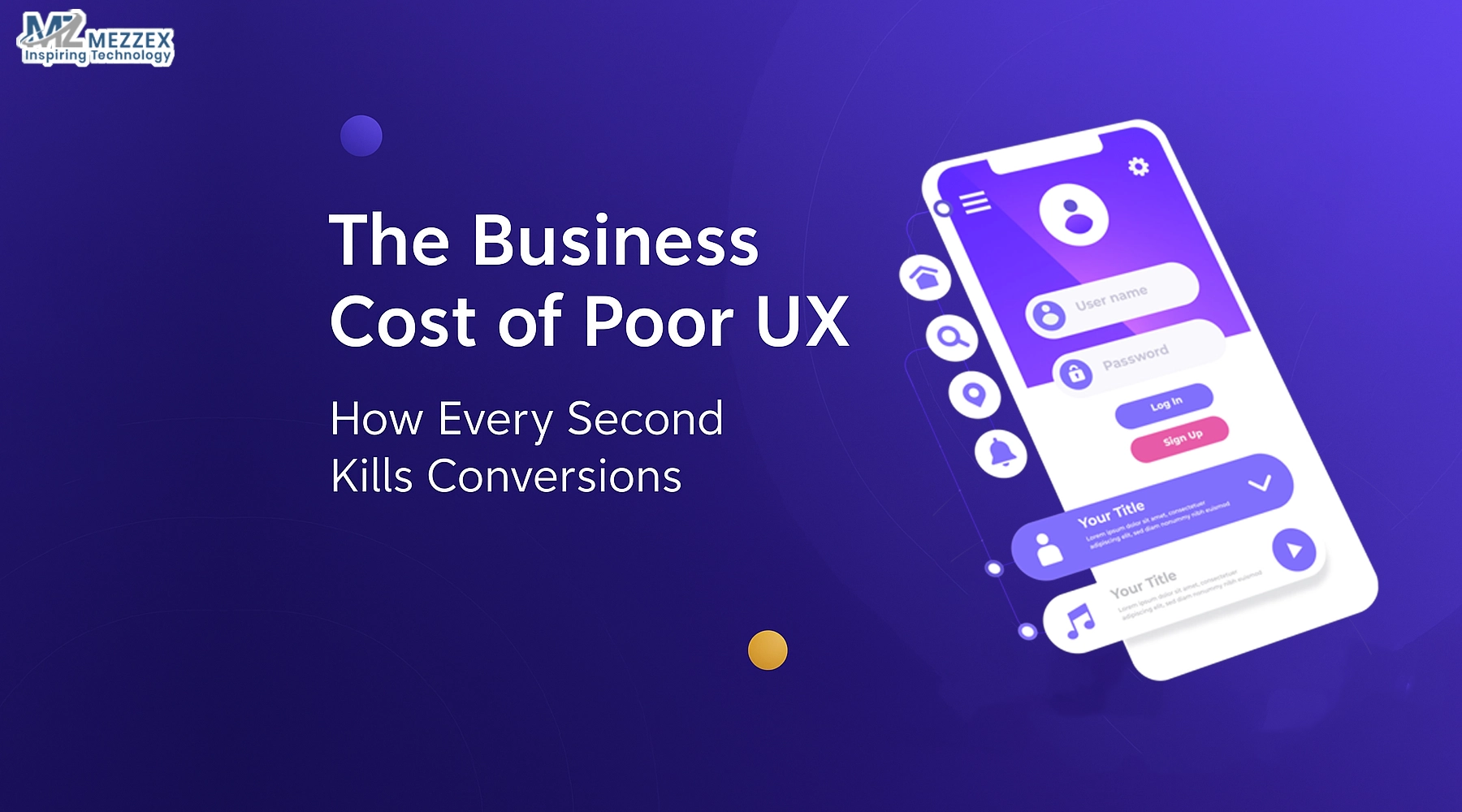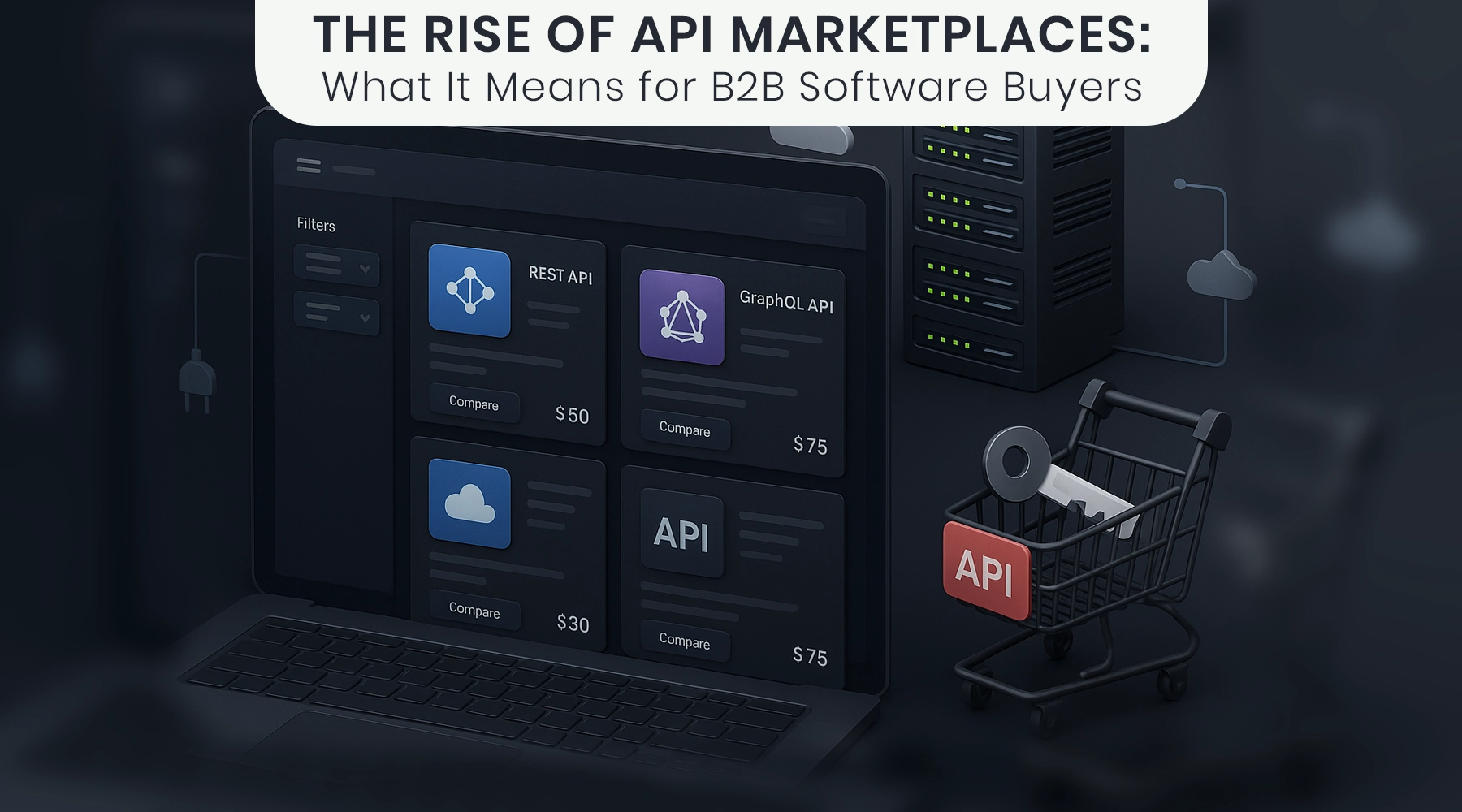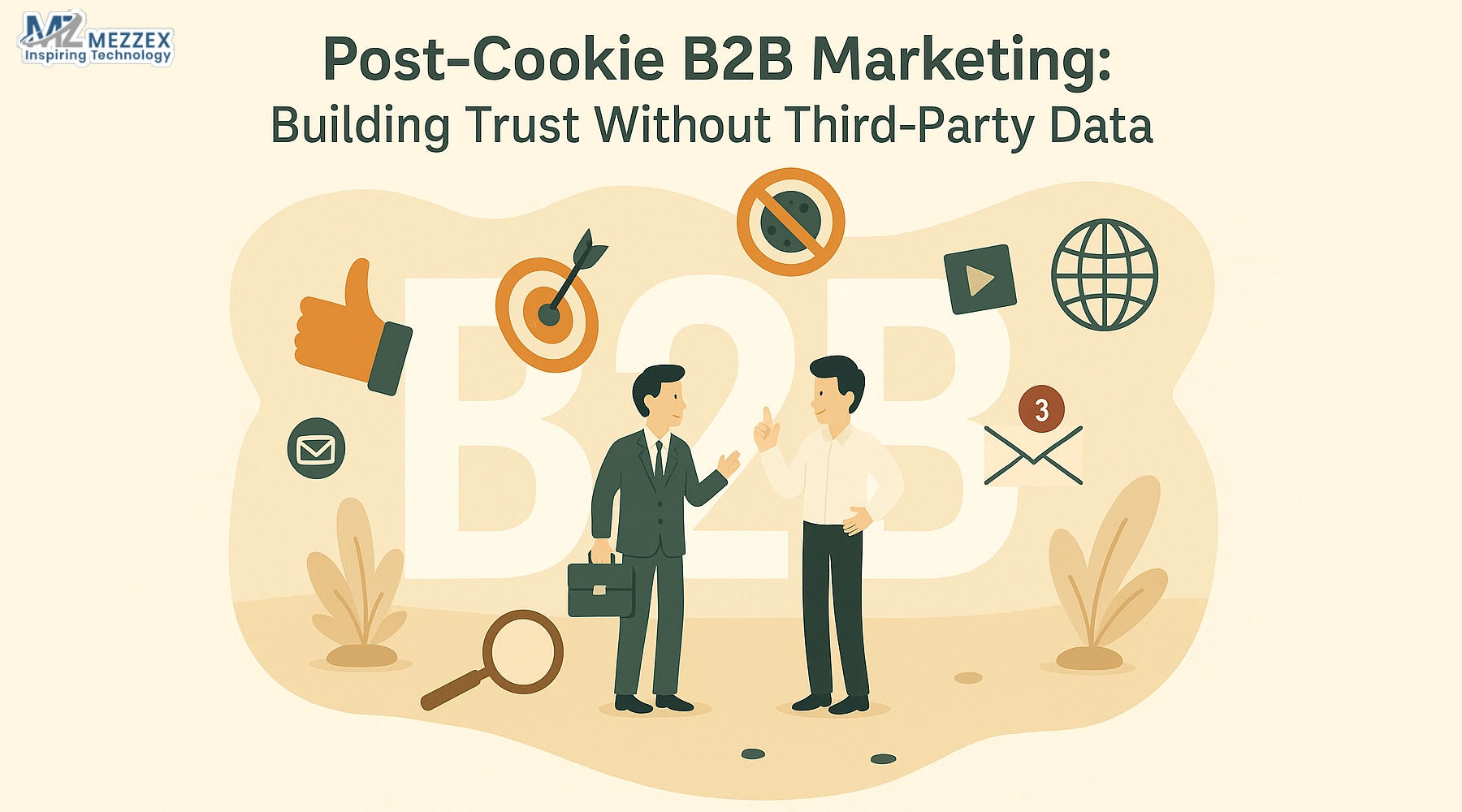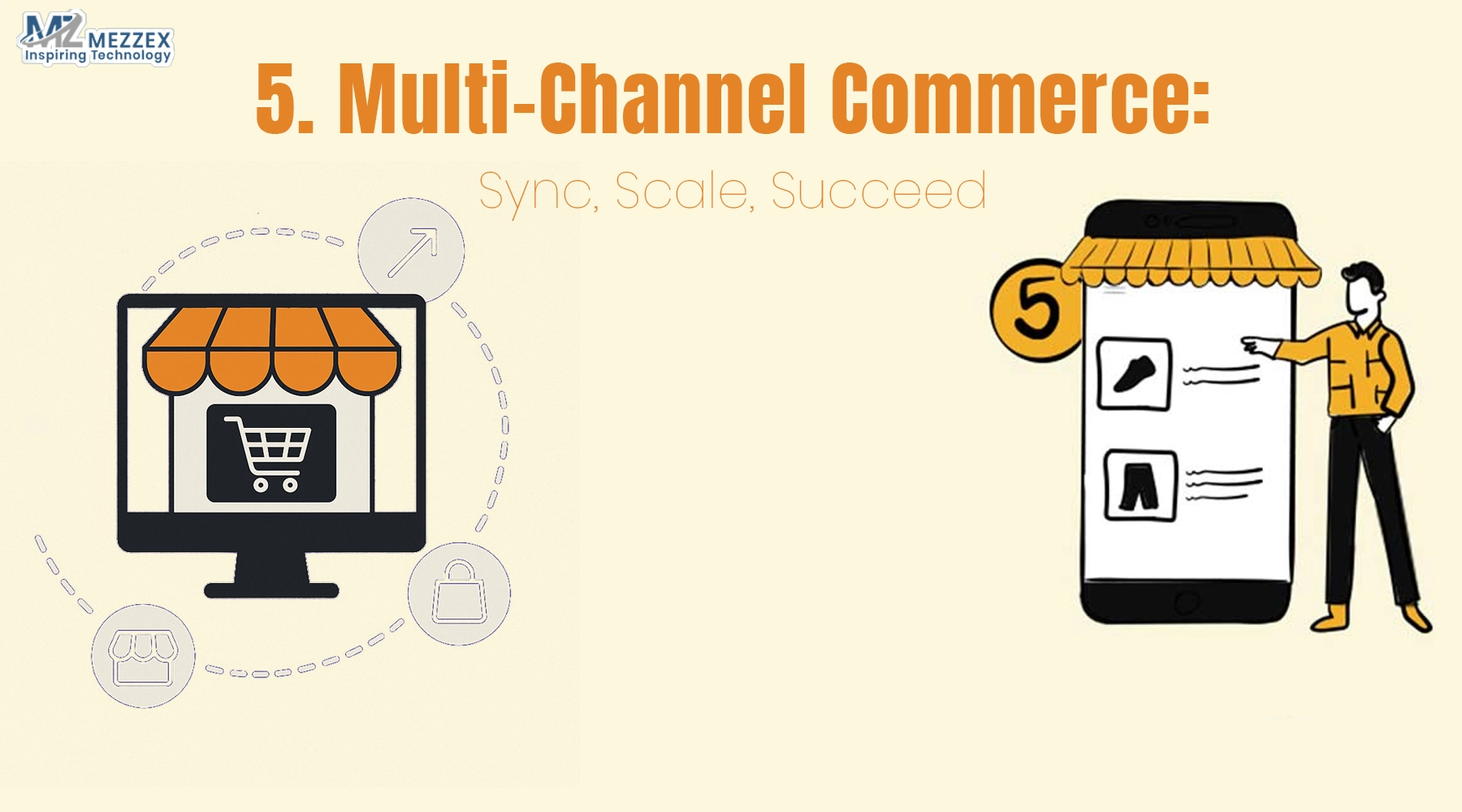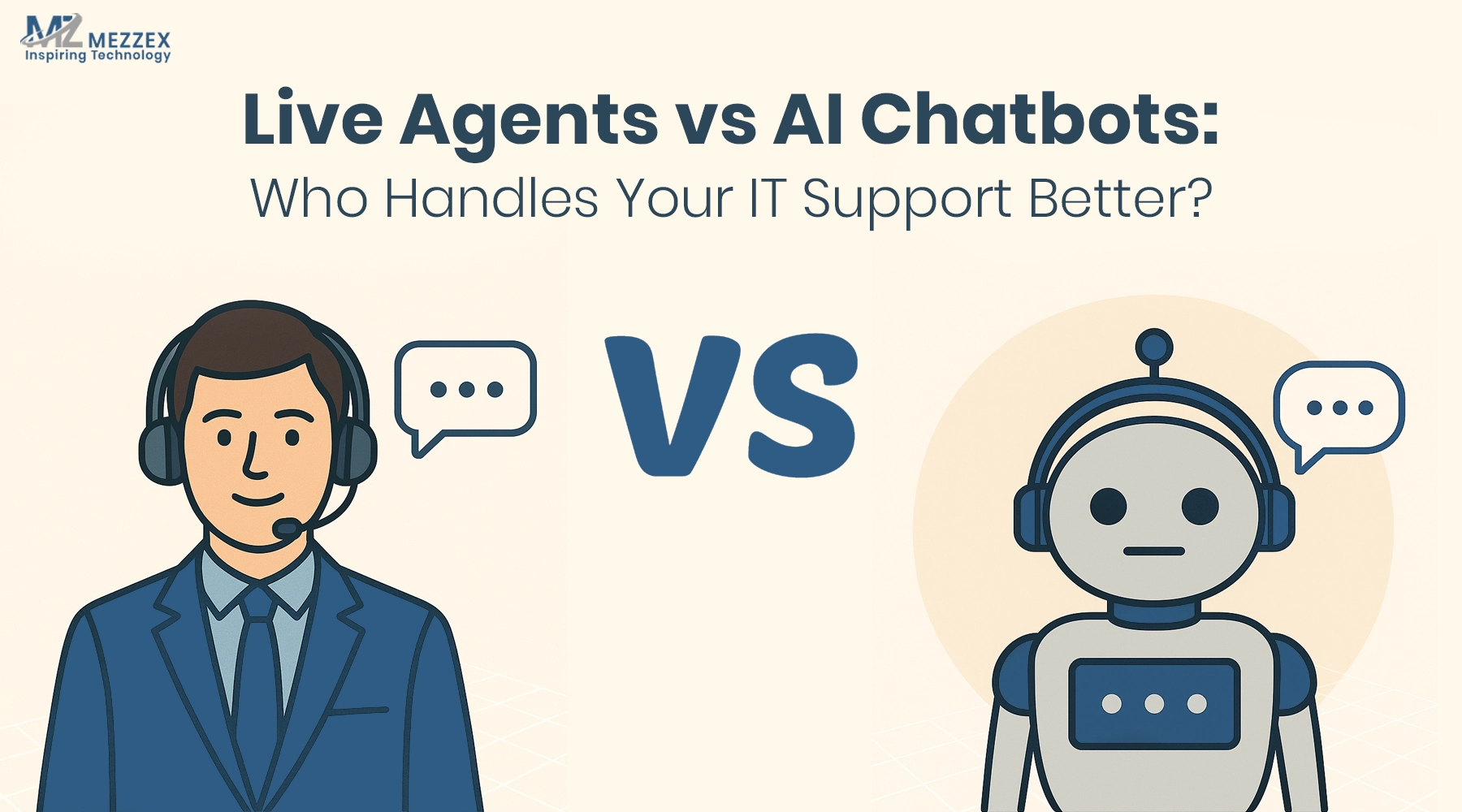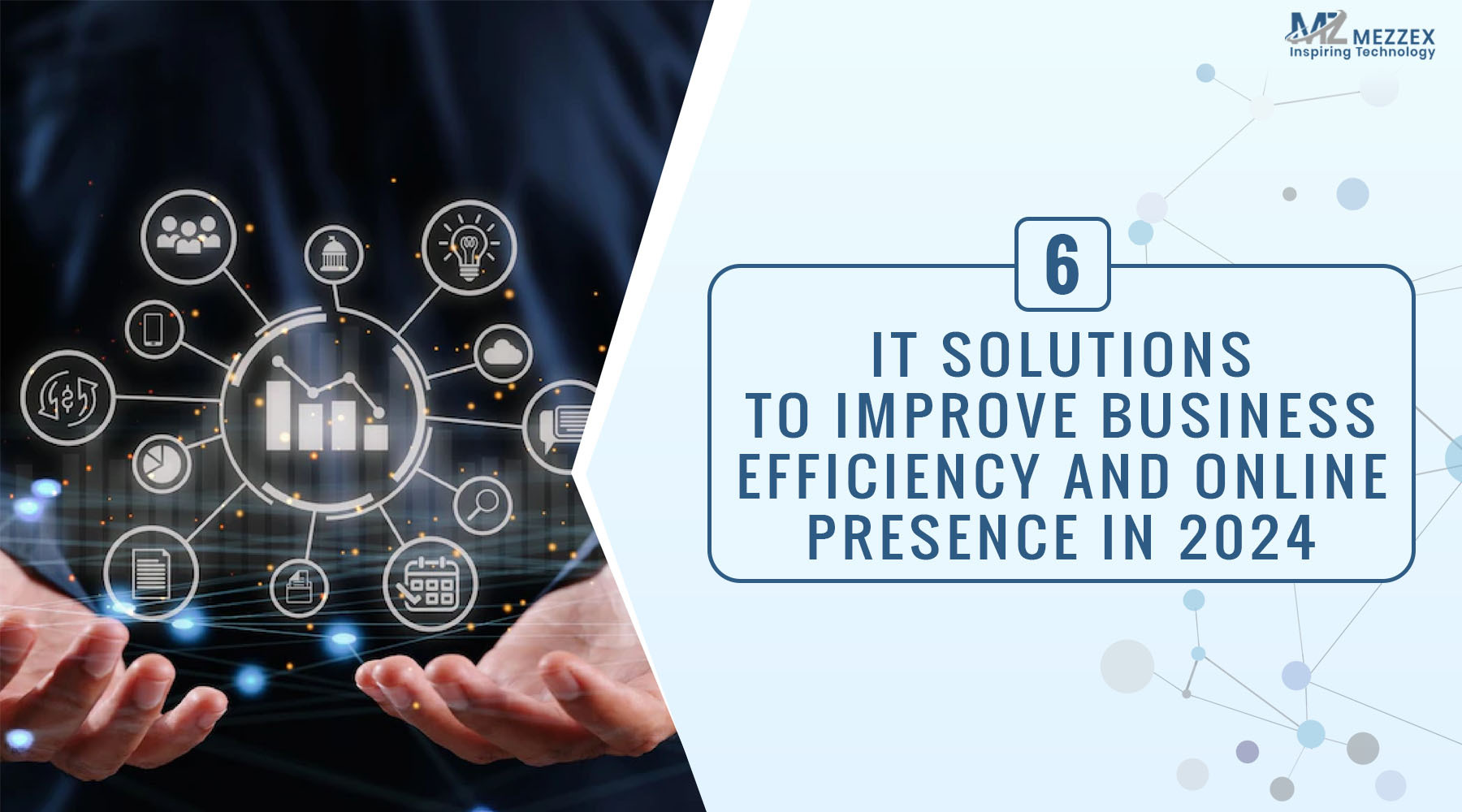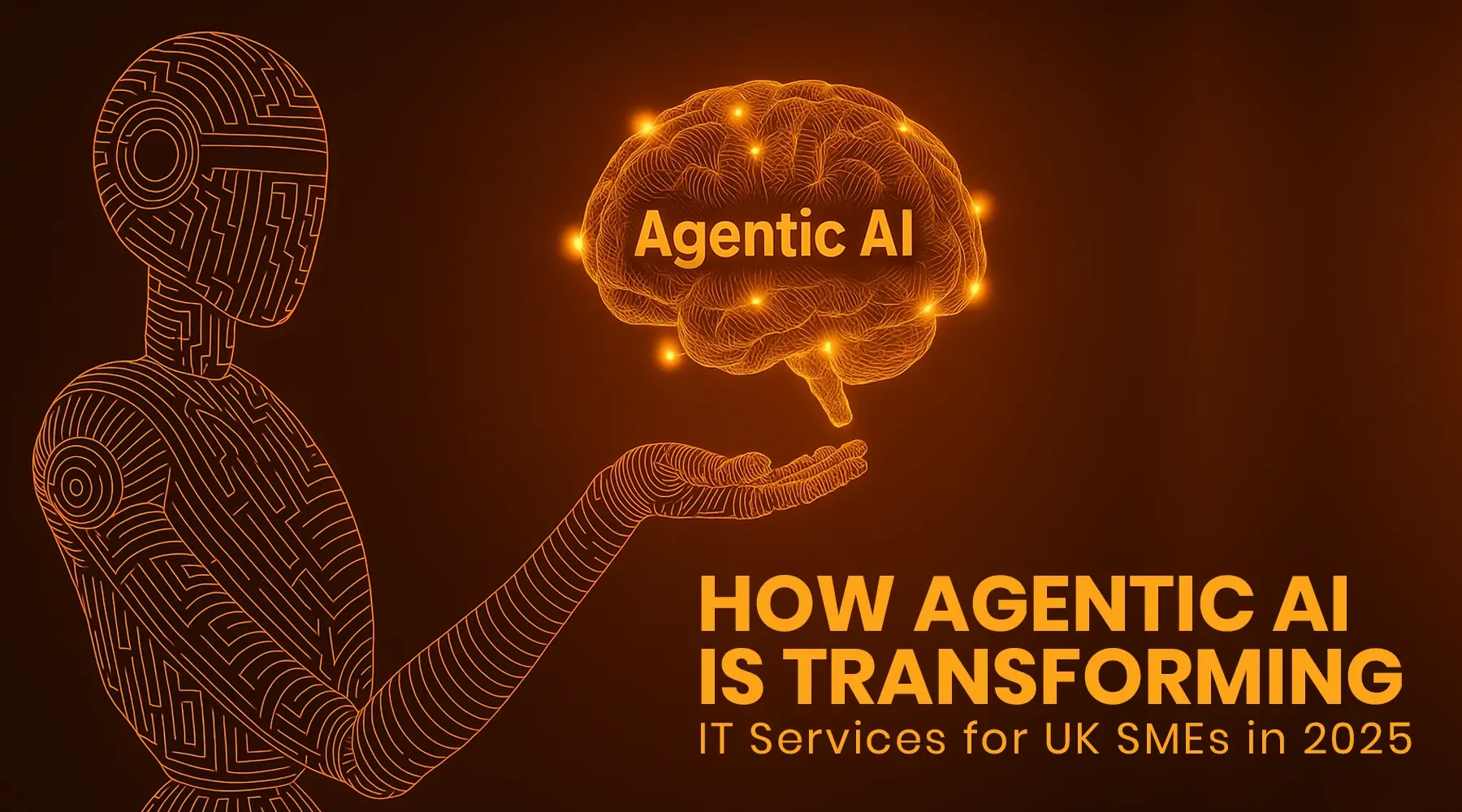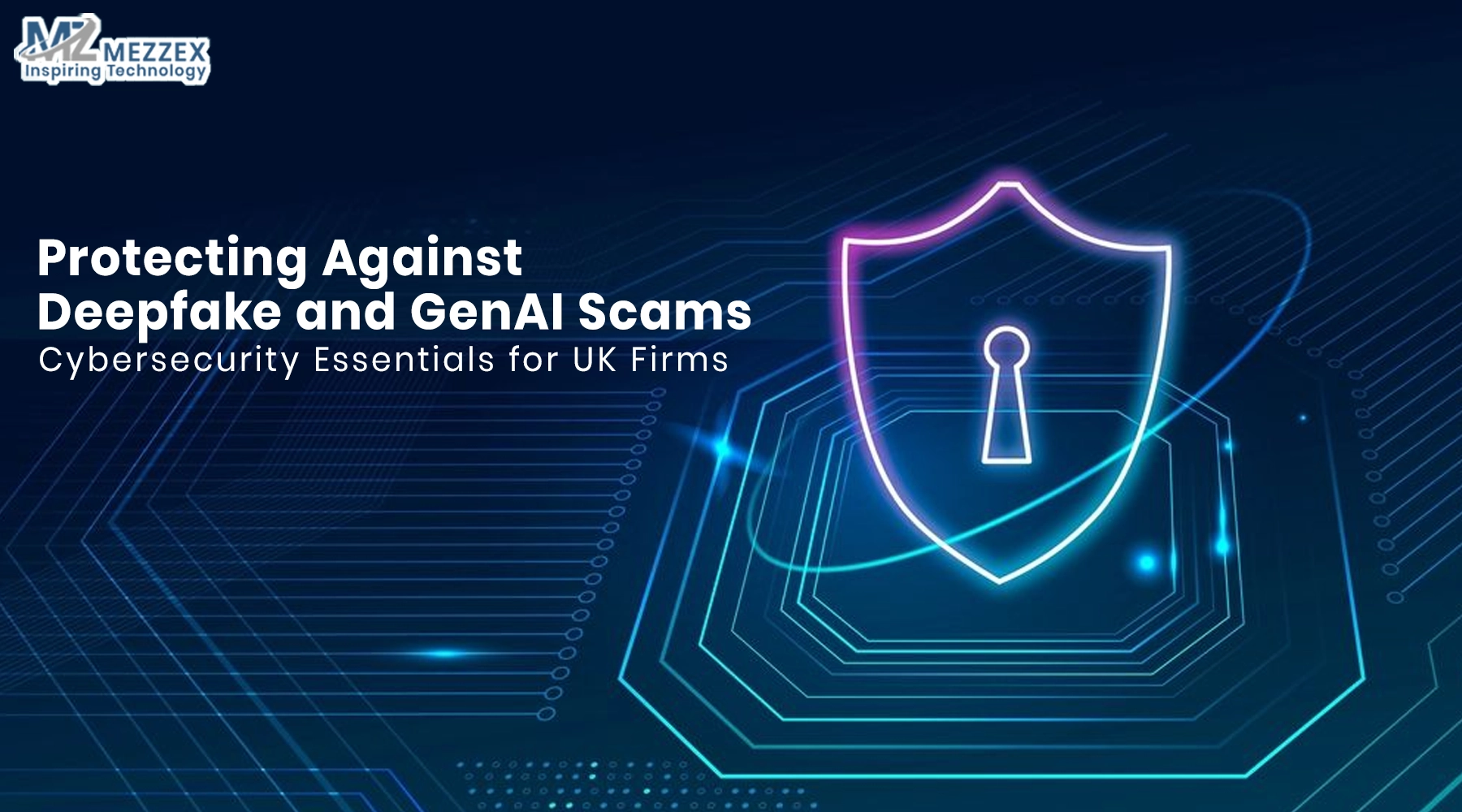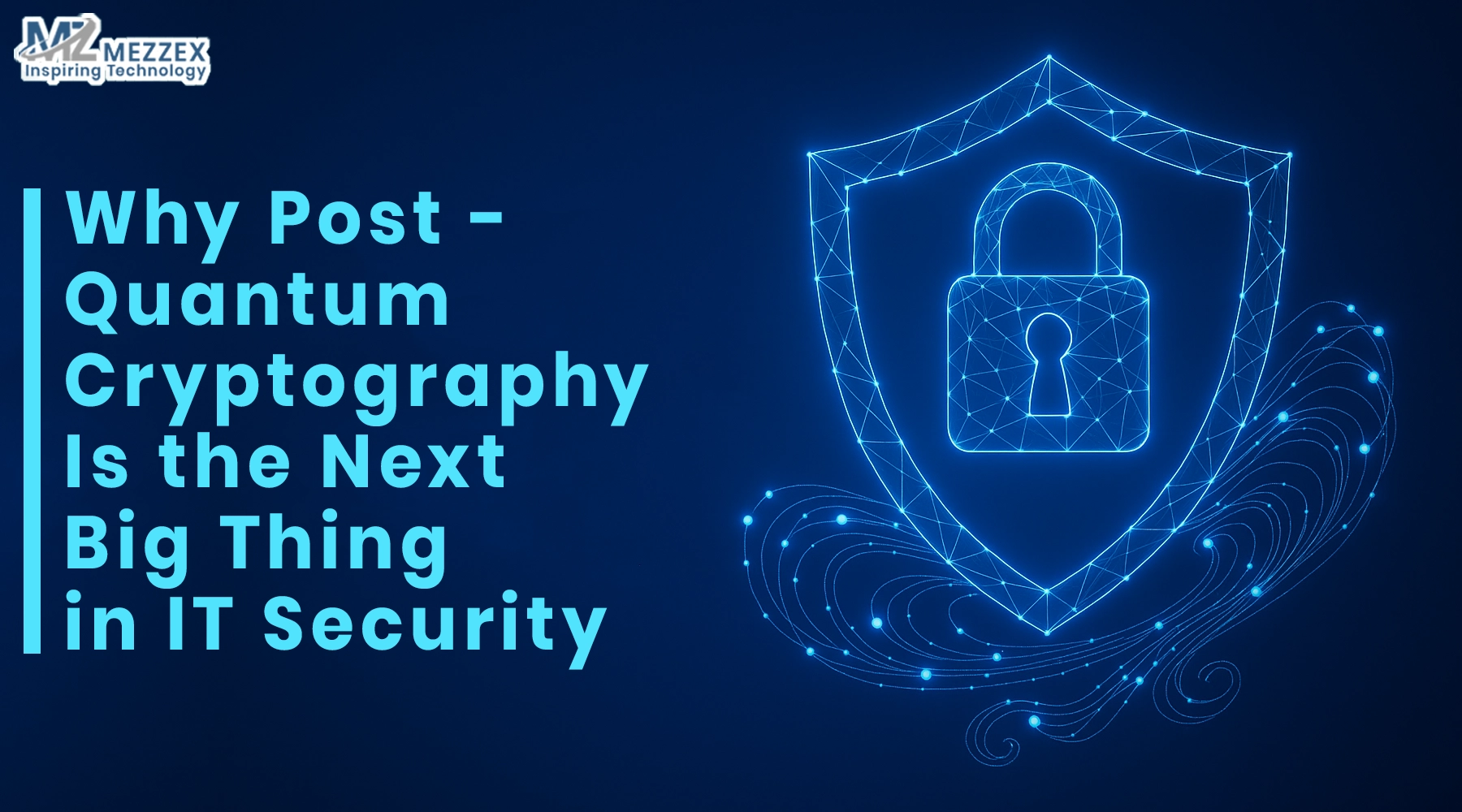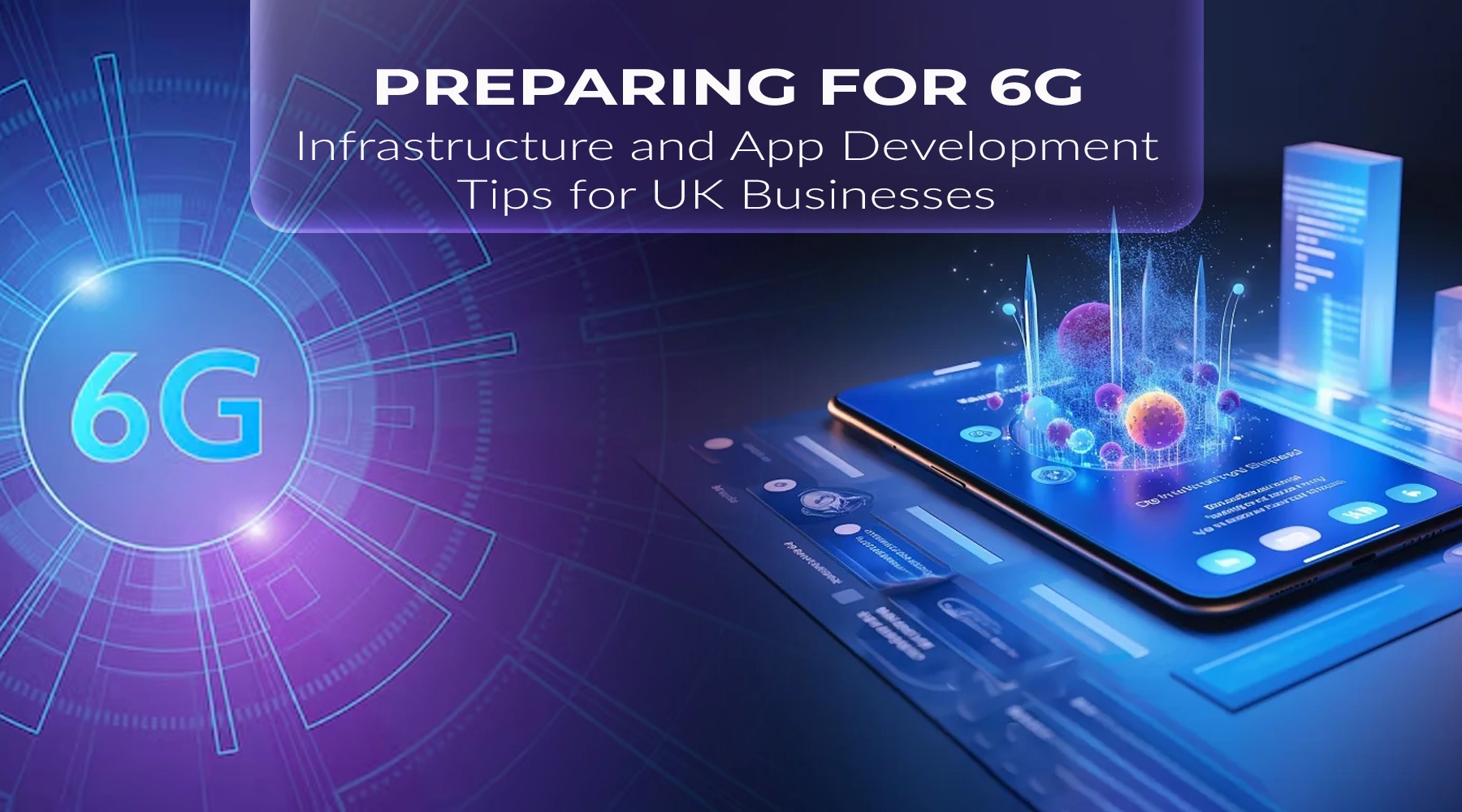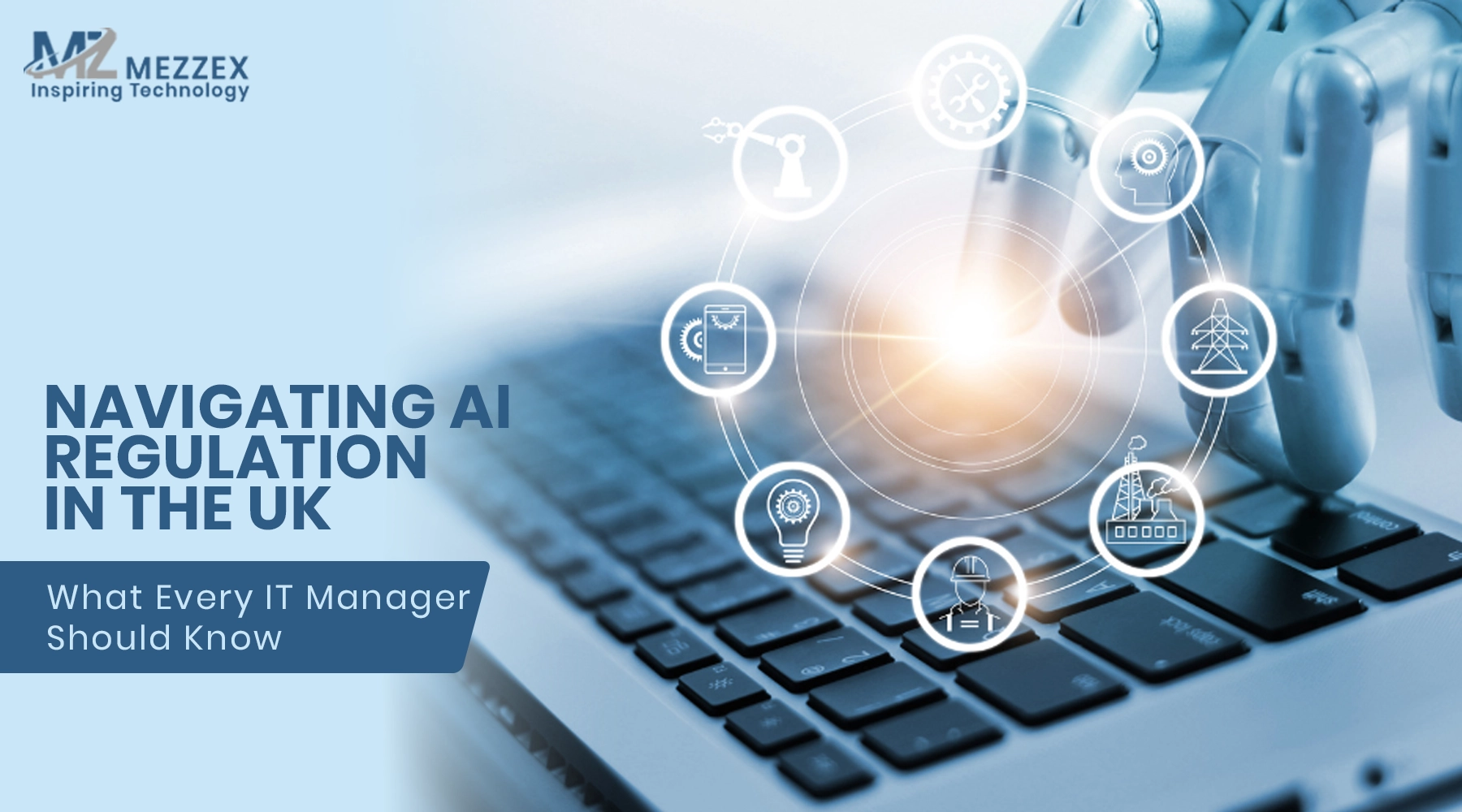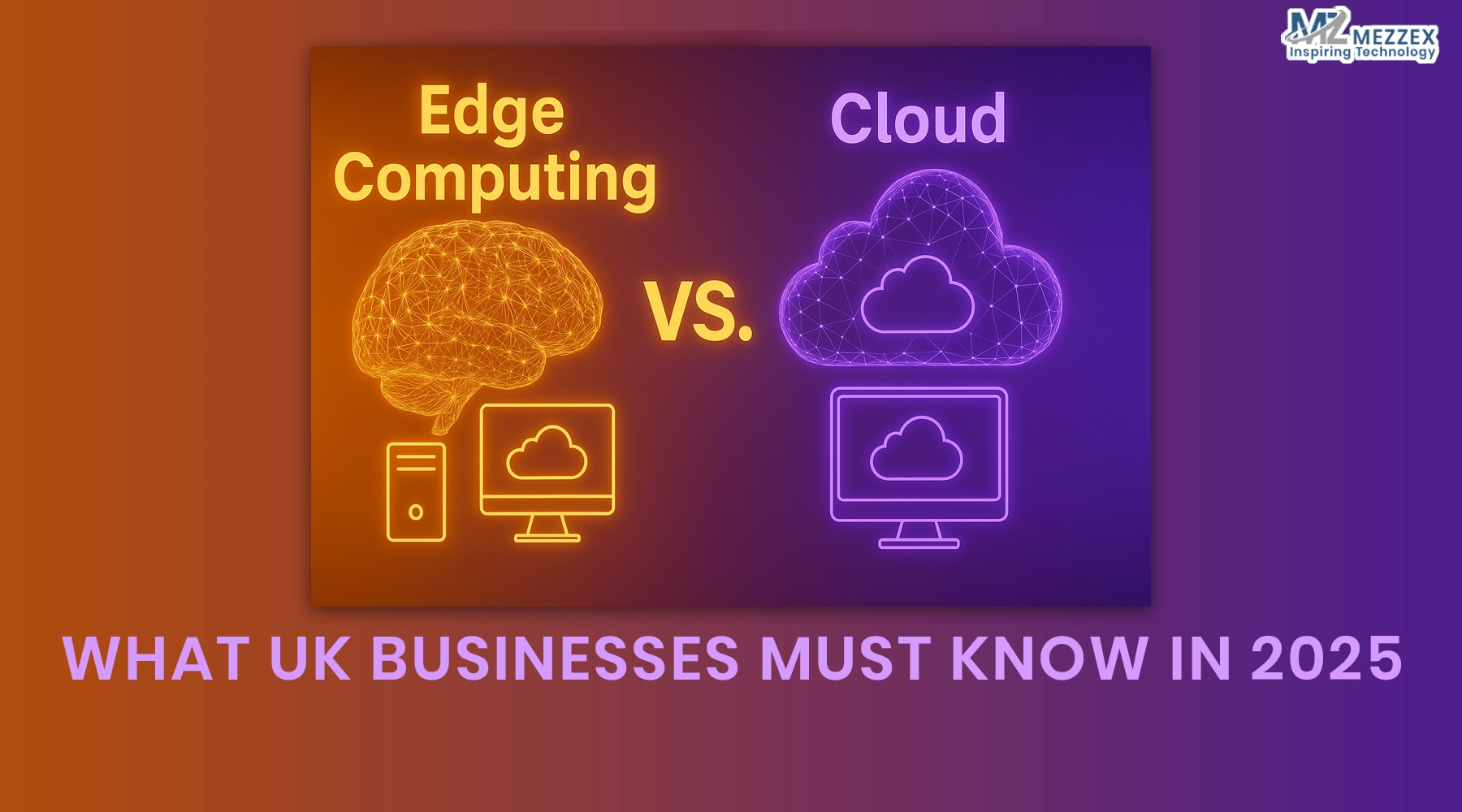
As digital transformation accelerates across the UK, businesses are under growing pressure to modernise their IT infrastructure. From independent retailers to nationwide logistics providers, the demand for real-time decision-making, secure data handling, and operational agility continues to rise. In 2025, many organisations are rethinking how and where they process data—and whether edge computing, cloud computing, or a hybrid of both offers the most value. The cloud vs edge debate has shifted beyond technical teams. With compliance, customer experience, and system resilience at stake, infrastructure decisions now sit at the core of business strategy. In this blog, you’ll explore the key differences between edge and cloud computing, how businesses are using both in 2025, and how to determine which model best supports your business IT infrastructure.
Understanding Edge Computing
Edge computing is becoming a strategic investment for businesses that need real-time performance and localised control over their data.
What is Edge Computing?
It involves processing data closer to where it’s generated—at the “edge” of the network—rather than sending everything to centralised cloud servers.
This significantly reduces latency, improves responsiveness, and supports uninterrupted operation, even with limited internet connectivity.
Benefits of Edge Computing Businesses Value:
Enables faster processing for real-time systems (e.g. IoT, robotics, smart devices).
Keeps sensitive data local, enhancing security and control.
Reduces bandwidth costs by filtering data before cloud transfer.
Offers operational continuity in environments with unreliable network access.
Examples of UK Adoption in 2025:
Retailers: Using AI-powered cameras for in-store analytics and footfall tracking.
Smart warehouses: Leveraging robotics and sensors to optimise fulfilment workflows.
Healthcare: Deploying edge-enabled diagnostic tools and wearable patient monitors.
Transport operators: Analysing fleet data in real time to reroute deliveries and improve efficiency.
Technological Enablers Driving Growth:
Nationwide 5G expansion enabling high-speed, low-latency connectivity.
Increasing deployment of IoT devices across industries.
Greater availability of compact, AI-integrated edge hardware.
What Cloud Computing Still Offers
Cloud computing remains the backbone of business IT infrastructure in many UK organisations—especially for companies that value flexibility, collaboration, and scalable storage.
What is Cloud Computing?
Cloud services deliver computing power, storage, and software via the internet from remote data centres.
This eliminates the need for extensive on-premises infrastructure.
Advantages Still Relevant in 2025:
Highly scalable—ideal for businesses experiencing rapid growth.
Cost-effective, subscription-based pricing models.
Supports remote workforces and global collaboration.
Automates data backup, disaster recovery, and software updates.
Where Businesses Continue to Use Cloud:
E-commerce companies: Managing customer data, sales, and fulfilment across multiple channels.
Professional services: Using cloud CRMs and secure file-sharing platforms.
SMEs: Running core applications like accounting, HR, and customer support on cloud-based tools.
Startups: Launching operations without upfront infrastructure investment.
When Cloud Is the Right Fit:
For long-term storage and global data access needs.
When business agility and app-based workflows matter more than real-time response.
Cloud vs Edge
As both models mature, understanding their distinct characteristics is critical when designing or upgrading your IT infrastructure.
Key Comparisons:
Data Processing Location
Cloud: Centralised in large data centres.
Edge: Processed locally near the data source.
Latency & Responsiveness
Edge: Near-zero delays—ideal for time-critical systems.
Cloud: Some latency depending on internet speed and server distance.
Bandwidth & Connectivity
Edge: Uses less bandwidth by filtering data before transmission.
Cloud: Requires reliable, high-speed connectivity for peak performance.
Security & Compliance
Edge: Enables tighter control over sensitive data; suitable for GDPR-sensitive use cases.
Cloud: Offers enterprise-grade security, though data is stored offsite.
Cost & Scalability
Cloud: Easier to scale with predictable, subscription-based pricing.
Edge: Requires upfront infrastructure investment but offers long-term control.
Maintenance & Management
Cloud: Managed by providers—minimal in-house oversight needed.
Edge: Requires on-site maintenance or trusted IT partners.
Reliability & Redundancy
Cloud: High redundancy across multiple data centres.
Edge: Can function offline or in low-connectivity environments.
Infrastructure Planning
There’s no one-size-fits-all approach. Your choice depends on where, how, and why you process data.
Consider These Factors:
Your Business Type
Real-time industries (e.g. transport, manufacturing) benefit from edge computing.
Office-based operations or remote teams may favour cloud solutions.
Connectivity & Location
Remote areas or mobile operations may suffer with cloud-only setups.
Fibre-connected urban offices can leverage full cloud capabilities.
Compliance Requirements
If you handle sensitive health, finance, or personal data, Edge can support tighter control.
Cloud providers offer compliance tools, but with off-site storage limitations.
Operational Scale
Startups and SMEs often begin in the cloud due to cost and flexibility.
Enterprises may combine both for scale and performance.
Internal Capabilities
In-house IT teams can maintain edge infrastructure.
Smaller teams may find cloud easier to manage.
Trends in Edge Computing: Market Shifts in 2025
Edge computing is no longer a niche technology—it’s becoming a vital part of digital transformation across the UK.
Industry Trends to Watch:
Adoption Across Sectors
Manufacturing: Automating production lines and predictive maintenance.
Logistics: Real-time tracking and delivery route optimisation.
Healthcare: Accelerating diagnostics through edge AI integration.
Fintech: Improving transaction speed and fraud detection via local processing nodes.
Infrastructure Growth
5G and fibre rollout are making edge adoption viable beyond major cities.
UK government schemes are encouraging SME digital adoption.
Tech Convergence
Edge devices now integrate AI and ML capabilities for faster decisions.
Hybrid infrastructures combine edge for speed and cloud for analytics and storage.
Changing Business Mindsets
Edge computing is now seen as essential for agility, not just innovation.
Cloud remains a strong foundation but is increasingly part of a layered architecture.
Build the Right IT Infrastructure with Mezzex
Not sure whether to adopt edge computing, stay cloud-based, or explore a hybrid model? At Mezzex, we help UK businesses design and implement custom IT infrastructure that supports real-time performance, regulatory compliance, and future growth. From consultancy to deployment, we offer tailored solutions aligned to your sector, operations, and vision. Speak with our UK-based strategy team today at mezzex.com and take the next step toward smarter infrastructure.
Powered by Froala Editor
